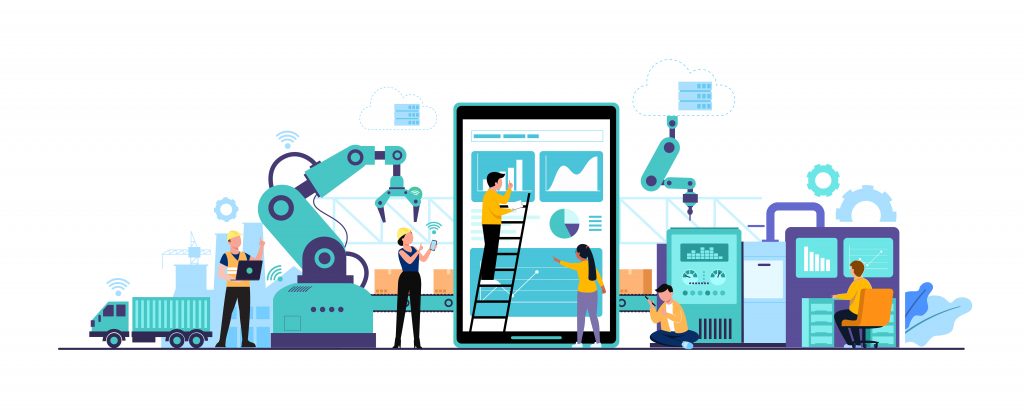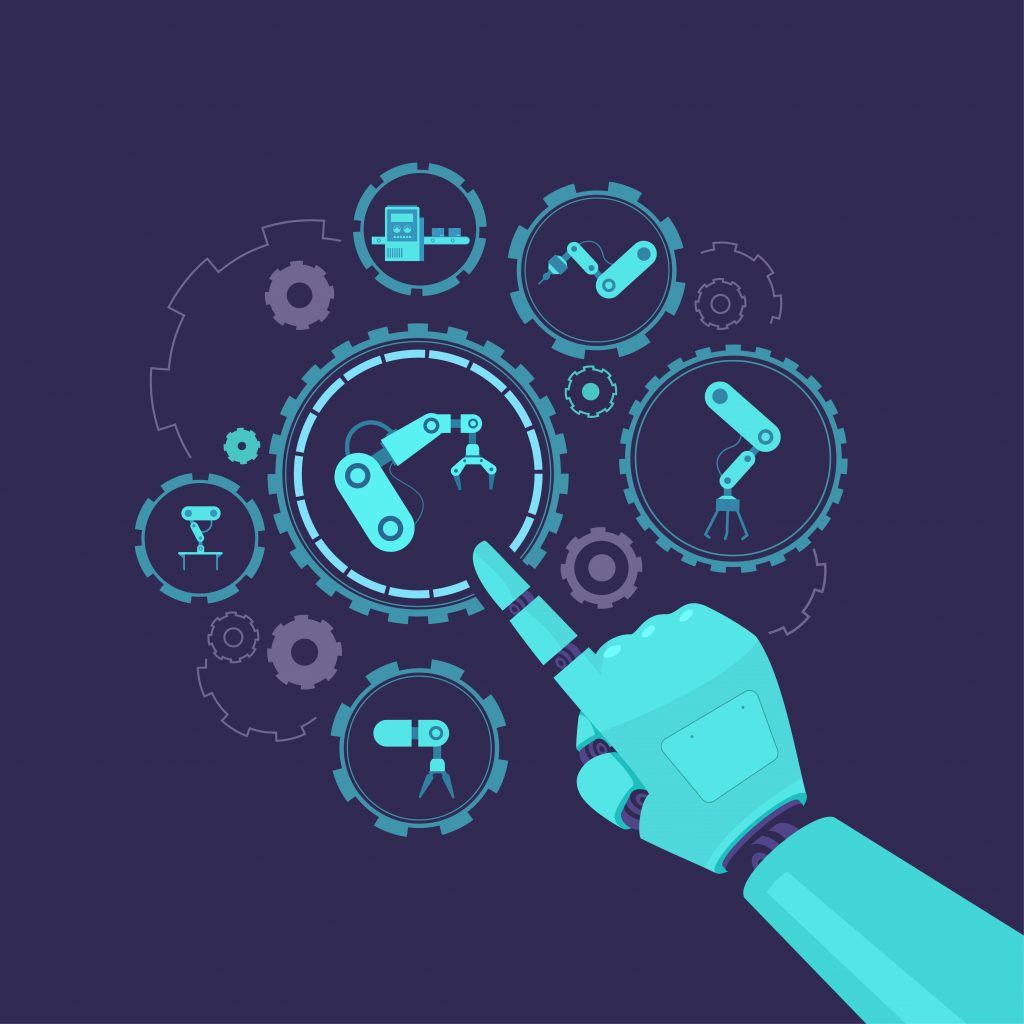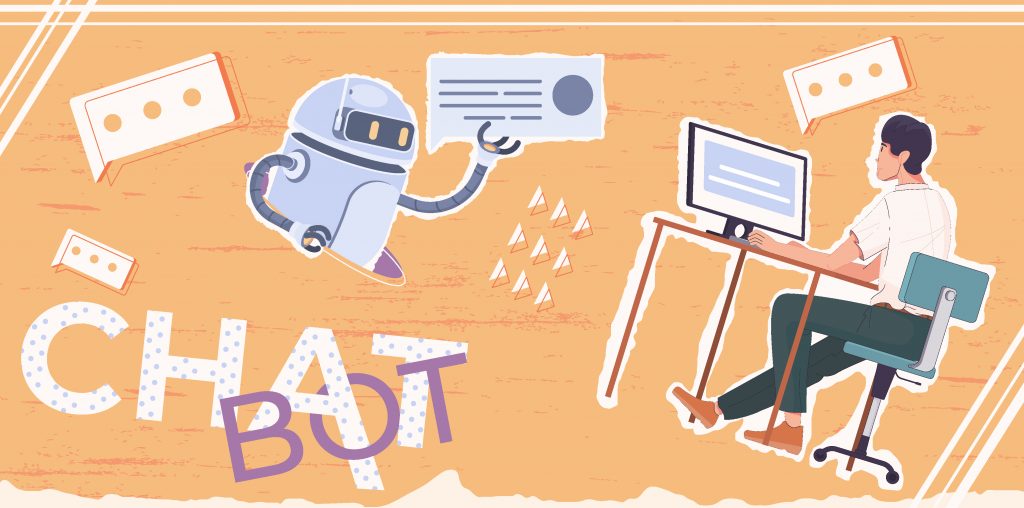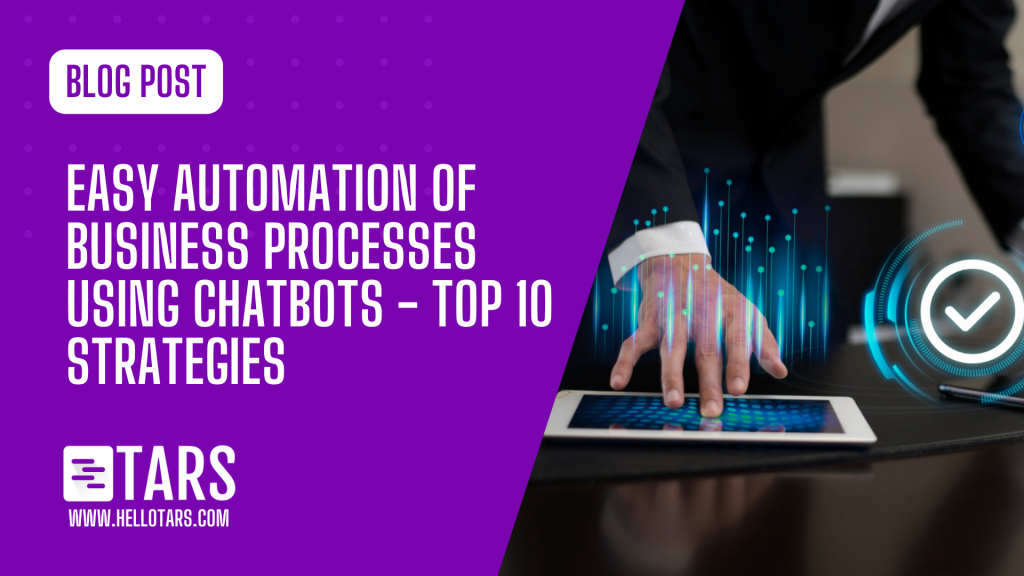In today’s fast-paced business world, automation of business processes is a key factor in achieving operational efficiency and staying competitive. One powerful tool that can assist in this endeavor is chatbot technology. Chatbots, powered by artificial intelligence, are revolutionizing the way businesses interact with their customers and streamline internal operations. In this blog, we will explore the concept of automating business processes using chatbots and provide you with the top 10 strategies to make the process easy and effective.
What is Automation of Business Processes?

Automation of business processes refers to the use of technology to streamline and optimize repetitive and time-consuming tasks within an organization. By leveraging automation, businesses can reduce manual efforts, minimize errors, and allocate resources more efficiently. It allows employees to focus on high-value activities while automating routine tasks, leading to improved productivity and overall operational effectiveness.
What is an Example of a Business Process Automation?
A great example of business process automation is automating customer support inquiries through a chatbot. Instead of relying solely on human agents to handle customer queries, a chatbot can be programmed to understand and respond to frequently asked questions, provide product information, and even initiate basic troubleshooting steps. This not only reduces the burden on support staff but also ensures consistent and prompt customer service, regardless of the time of day or volume of inquiries.
What are the Types of Business Process Automation?

Business process automation can take various forms, depending on the specific needs and objectives of an organization. Here are some common types of automation:
✅Workflow Automation: This involves automating sequential tasks within a workflow, ensuring smooth transitions between different stages and eliminating manual handoffs. For example, an order processing workflow can be automated to trigger alerts, update inventory, and generate invoices automatically.
✅Data Entry and Management Automation: Automating data entry and management tasks helps minimize human errors and enhances data accuracy. It involves capturing data from various sources, validating and cleansing it, and populating databases or systems automatically. This saves time and effort while maintaining data integrity.
✅Document and Content Management Automation: This type of automation focuses on streamlining document-centric processes, such as document creation, approval, and archiving. Chatbots can play a crucial role in facilitating document collaboration, retrieving information, and providing access to relevant documents in real-time.
✅Customer Relationship Management (CRM) Automation: Automating CRM processes enables businesses to manage customer interactions more efficiently. Chatbots can be integrated with CRM systems to automate lead generation, customer onboarding, and personalized follow-ups, ensuring a seamless customer experience throughout the buyer’s journey.
✅Supply Chain and Inventory Management Automation: This involves automating tasks related to inventory tracking, procurement, and order fulfillment. By integrating chatbots with inventory management systems, businesses can receive real-time updates on stock levels, automate purchase orders, and provide customers with accurate delivery information.
Now that we have a better understanding of business process automation, let’s delve into the top 10 strategies for easy automation of business processes using chatbots.
Top 10 Strategies for the Automation of Business Processes Using Chatbots

1: Identify the Right Processes for Automation
The first step towards successful automation is to identify the business processes that are ideal candidates for chatbot implementation. Focus on repetitive, rule-based tasks that require minimal human judgment. Start with processes that have a high volume of interactions, such as customer support inquiries, appointment scheduling, or lead qualification.
2: Select the Appropriate Chatbot Platform
Choosing the right chatbot platform is crucial for seamless automation. Look for platforms that offer natural language processing (NLP) capabilities, easy integration options, and scalability to meet your future needs. Consider factors such as cost, customization options, and support for multi-channel deployment (e.g: omnichannel chatbots)
3: Design Intuitive Conversational Flows
When developing chatbot conversations, focus on creating intuitive and user-friendly interactions. Design conversational flows that guide users through the process smoothly. Use a mix of pre-defined responses and natural language processing to handle various user inputs effectively. Keep the conversation concise, clear, and personalized to enhance the user experience.
4: Personalize and Contextualize Responses
Tailor your chatbot’s responses to provide personalized and contextually relevant information to users. Leverage user data and past interactions to offer customized recommendations or solutions. Personalization helps create a more engaging and satisfying user experience, increasing the chances of successful automation and customer satisfaction.
5: Integrate Chatbots with Existing Systems
To maximize the benefits of chatbot automation, integrate your chatbot with existing business systems, such as CRM, helpdesk software, or e-commerce platforms. This integration allows the chatbot to access and update relevant data in real-time, providing accurate and up-to-date information to users. Seamless integration ensures a cohesive and efficient automation process.
6: Train and Improve Chatbot Performance
Continuous training is essential to enhance chatbot performance. Regularly review and analyze chatbot interactions to identify areas for improvement. Utilize machine learning techniques to fine-tune the chatbot’s understanding and response accuracy. By continuously training and refining your chatbot, you can ensure it becomes more efficient and effective over time.
7: Monitor and Measure Success
Establish key metrics to measure the success of your chatbot automation efforts. Track metrics such as response time, resolution rate, customer satisfaction, and cost savings. Analyze the data to gain insights into user behavior and identify areas for further optimization. Regularly monitor these metrics to ensure that the chatbot is delivering the expected results and meeting business objectives.
8: Provide Seamless Handoff to Human Agents
While chatbots can handle a wide range of tasks, there may be instances where human intervention is required. Design a smooth handoff process that allows the chatbot to transfer the conversation to a human agent when necessary. Ensure the transition is seamless, with all relevant context and information transferred to avoid repetition or confusion.
9: Maintain Data Privacy and Security
As chatbots handle sensitive customer information, prioritize data privacy and security. Implement robust security measures to protect user data and comply with applicable regulations. Communicate your commitment to data privacy to build trust with your users. Transparently inform users about data collection and ensure they have control over their information.
10: Stay Updated with the Latest Trends and Enhancements
The field of chatbot automation is constantly evolving. Stay updated with the latest trends, technologies, and enhancements in the chatbot industry. Explore new features and capabilities that can further enhance your automation efforts. Engage in industry forums, attend webinars, and network with experts to stay at the forefront of chatbot innovation.
In conclusion, automation of business processes using chatbots offers numerous advantages in terms of efficiency, cost savings, and improved customer experience. By following the top 10 strategies outlined above, you can make the process of implementing chatbot automation easier and more effective for your business.
How to Start Using Chatbots for the Easy Automation of Business Processes

To get started on your chatbot automation journey, simply schedule a free demo and our team of in-house experts will readily provide you with a free consultation. This is will help you make more informed decisions.
At TARS, we offer comprehensive chatbot solutions tailored to your business needs:
✅ Customized chatbots designed to meet your specific requirements
✅ End-to-end management of the chatbot development process
✅ Dedicated customer service for ongoing support and maintenance
✅ Advanced data analytics for tracking conversations and calculating ROI
✅ Expert handling of future changes and optimizations
✅ Omnichannel chatbot deployment on websites, phone apps, and SMS/texts
Schedule a free demo today to leverage the power of chatbot automation for your business.
We have offered chatbot solutions for over 700 global companies including American Express, Vodafone, Nestle, Bajaj and many more.

I am a creative thinker and content creator who is passionate about the art of expression. I have dabbled in multiple types of content creation which has helped me explore my skills and interests. In my free time, I indulge in watching animal documentaries, trying out various cuisines, and scribbling my own thoughts. I have always had a keen interest in blogging and have two published blog accounts spanning a variety of articles.

0 Comments on "Easy Automation of Business Processes Using Chatbots – Top 10 Strategies"